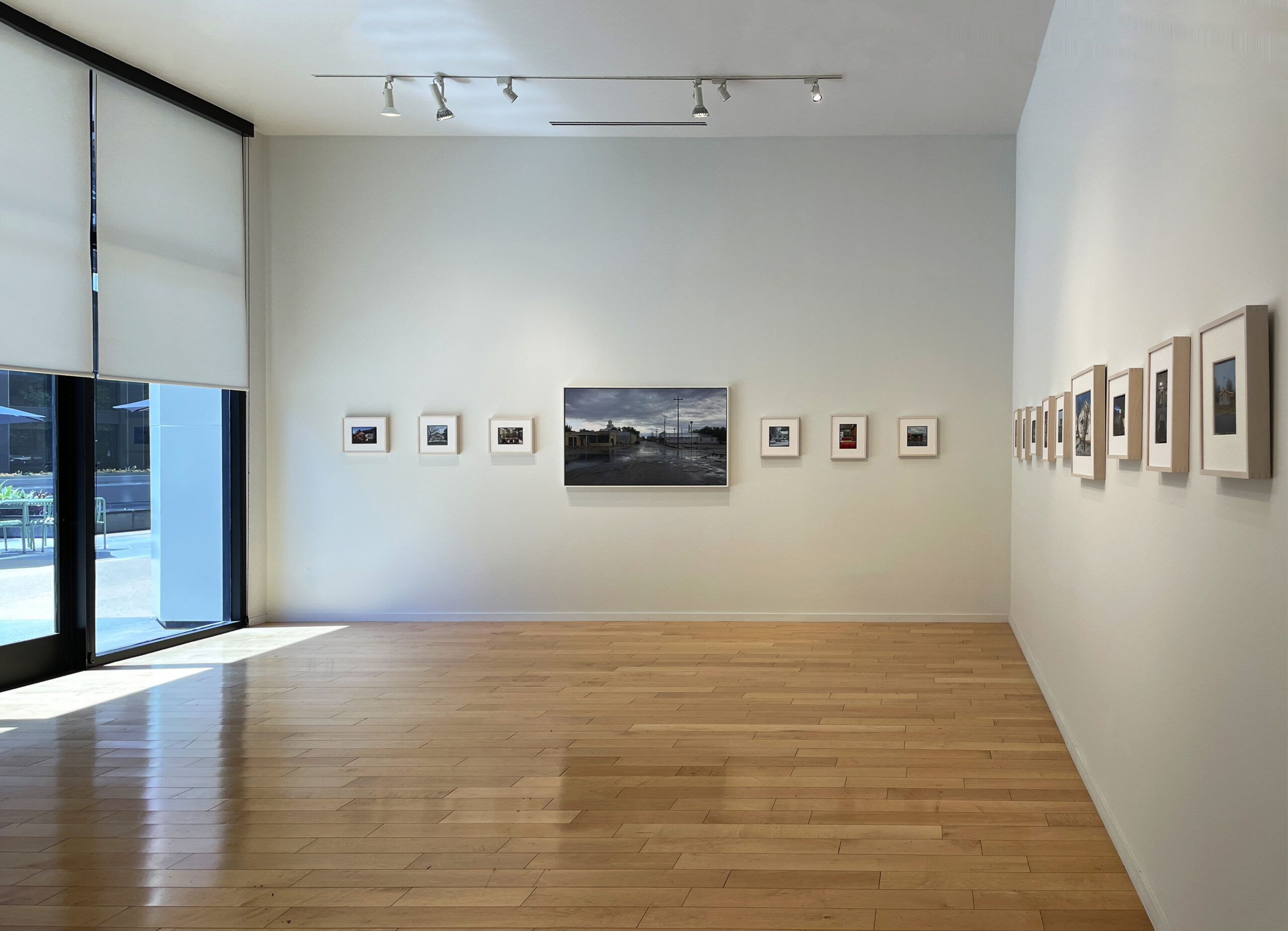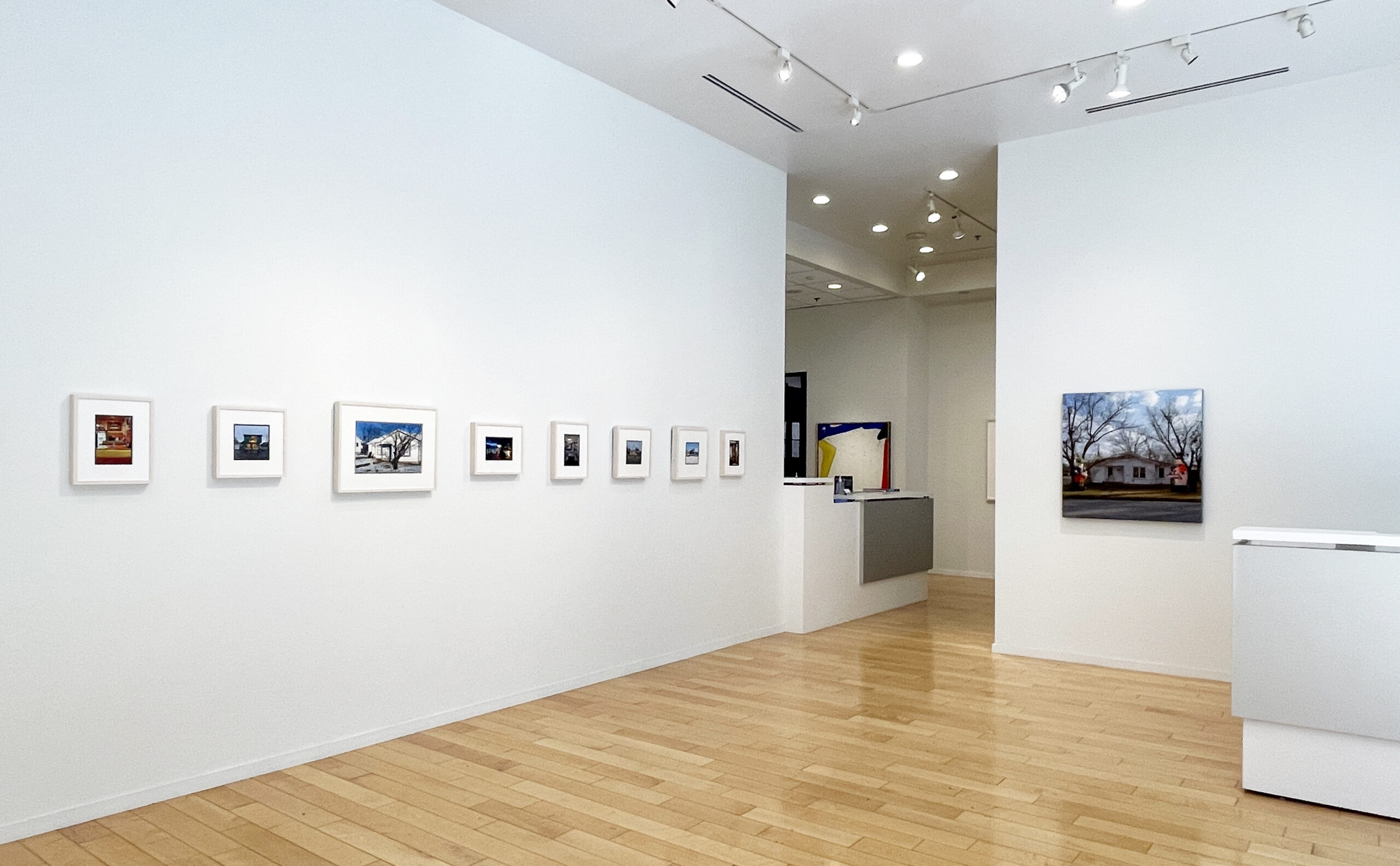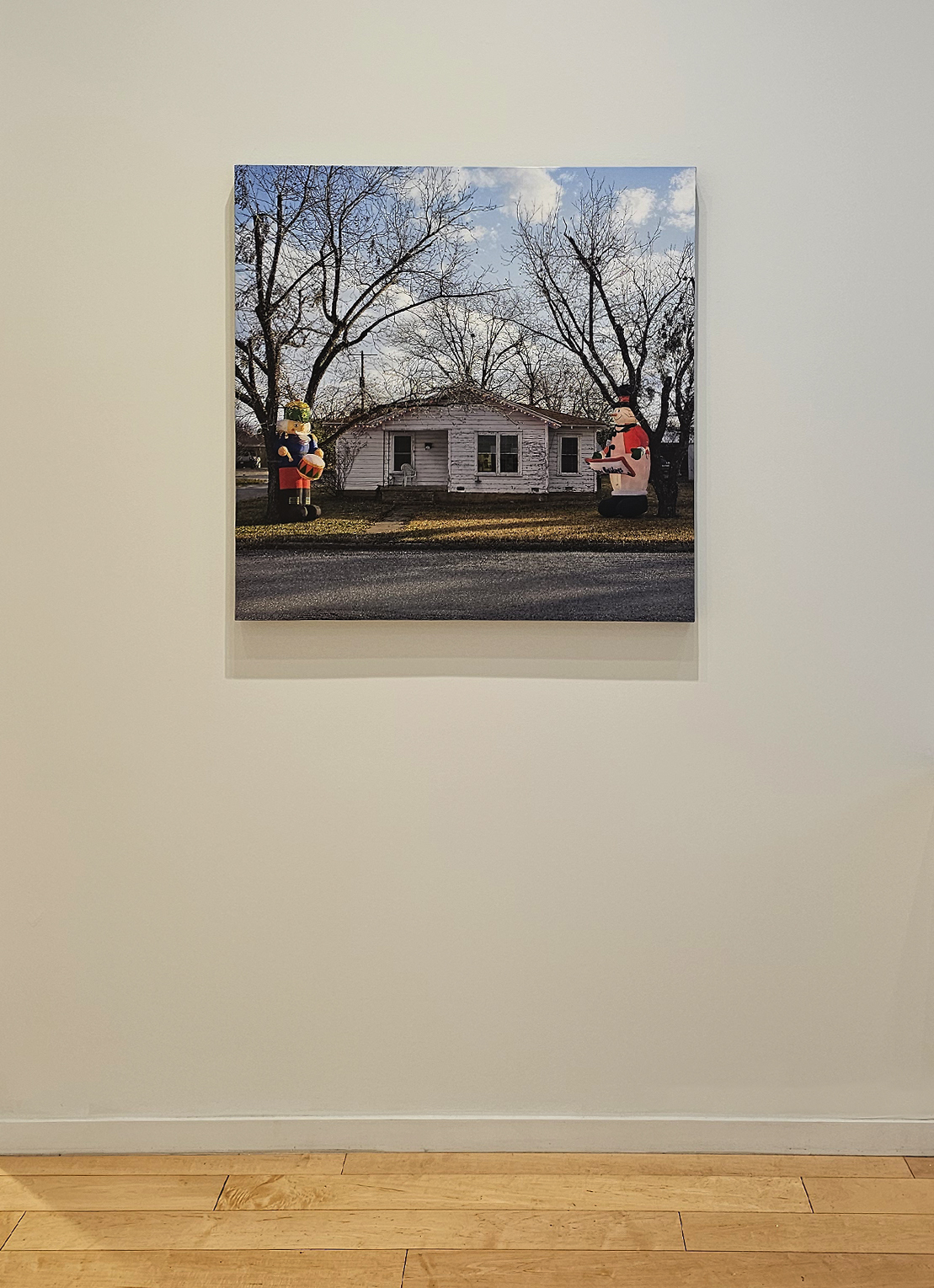ROD PENNER
NOTHING MORE, EVERYTHING LESS
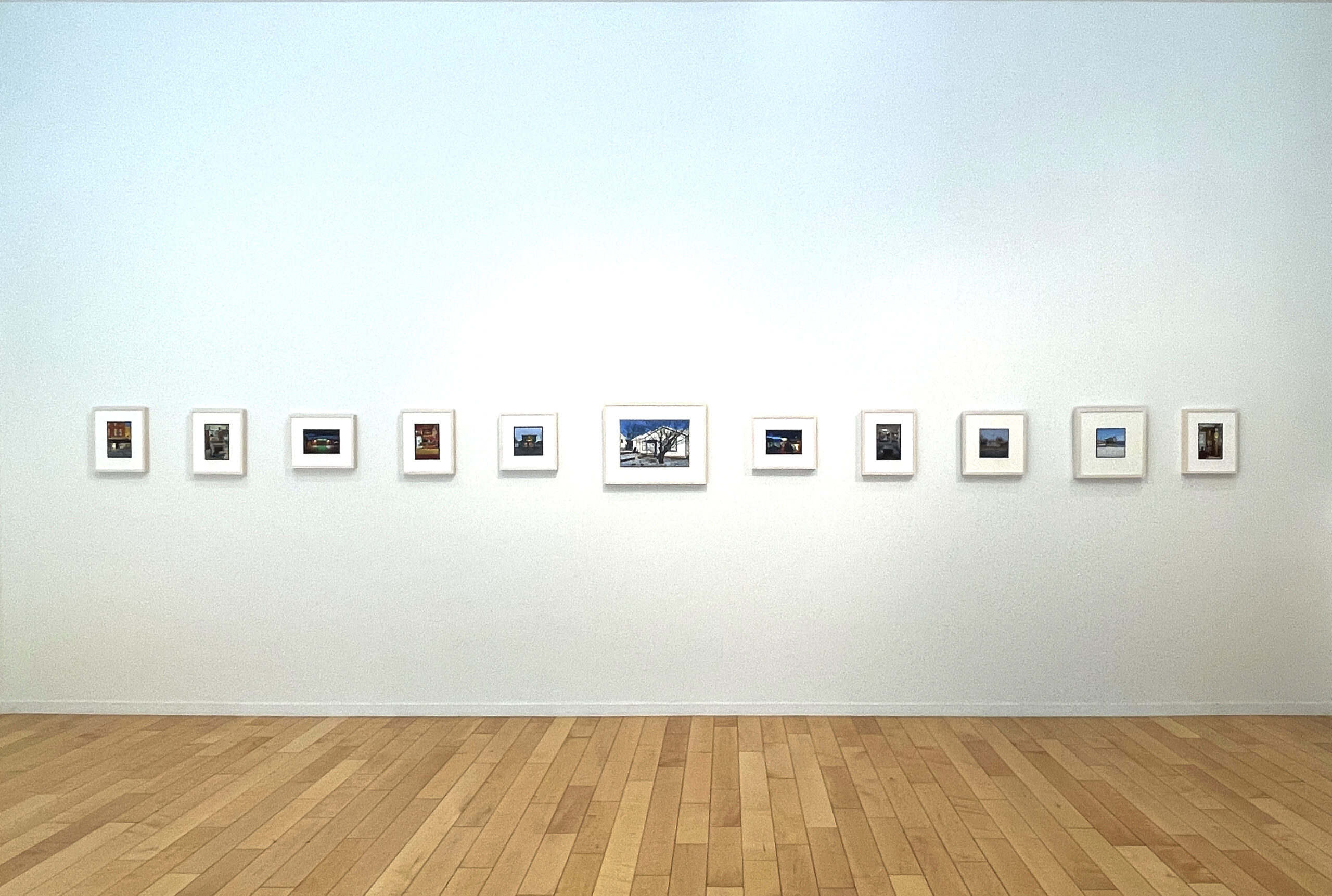
Rod Penner is one of the most important Photorealists working today. Mr. Penner is a Texas-based artist recognized for his meticulously detailed, photo-informed paintings that depict the quiet beauty of abandoned and forgotten landscapes in small Texas towns. Though his chosen scenes often reflect remnants of past prosperity, Penner imbues them with a warm, cinematic quality through his mastery of light and texture. His paintings serve as meditations on time, memory, and the essence of place, evoking a deep emotional resonance. Art historian and writer John Seed describes his work as possessing a “profound and genuine sense of American culture,” noting Penner’s singular vision as an artist.To see one of Penner’s paintings in a gallery is to feel like you are in the presence of something that has never been seen before. The feeling is paradoxical since the cafes, bait shops, truck stops and clapboard houses that are his subjects should be familiar to anyone who has ever driven a rural highway on the outskirts of a big American city. It’s a testament to Penner’s art that the intensity and seamlessness of his paintings is so complete that anything he paints feels like a revelation. He paints kiddie pools, gas pumps, gravel driveways and power poles with a power of inspection best described as reverence. Penner’s visual acuity, which is rooted in a deep sense of caring about the world around him, is an expression of honesty, directly linked with a respect for reality. But there is much more going on than visual truth-telling.
FEATURED WORKS
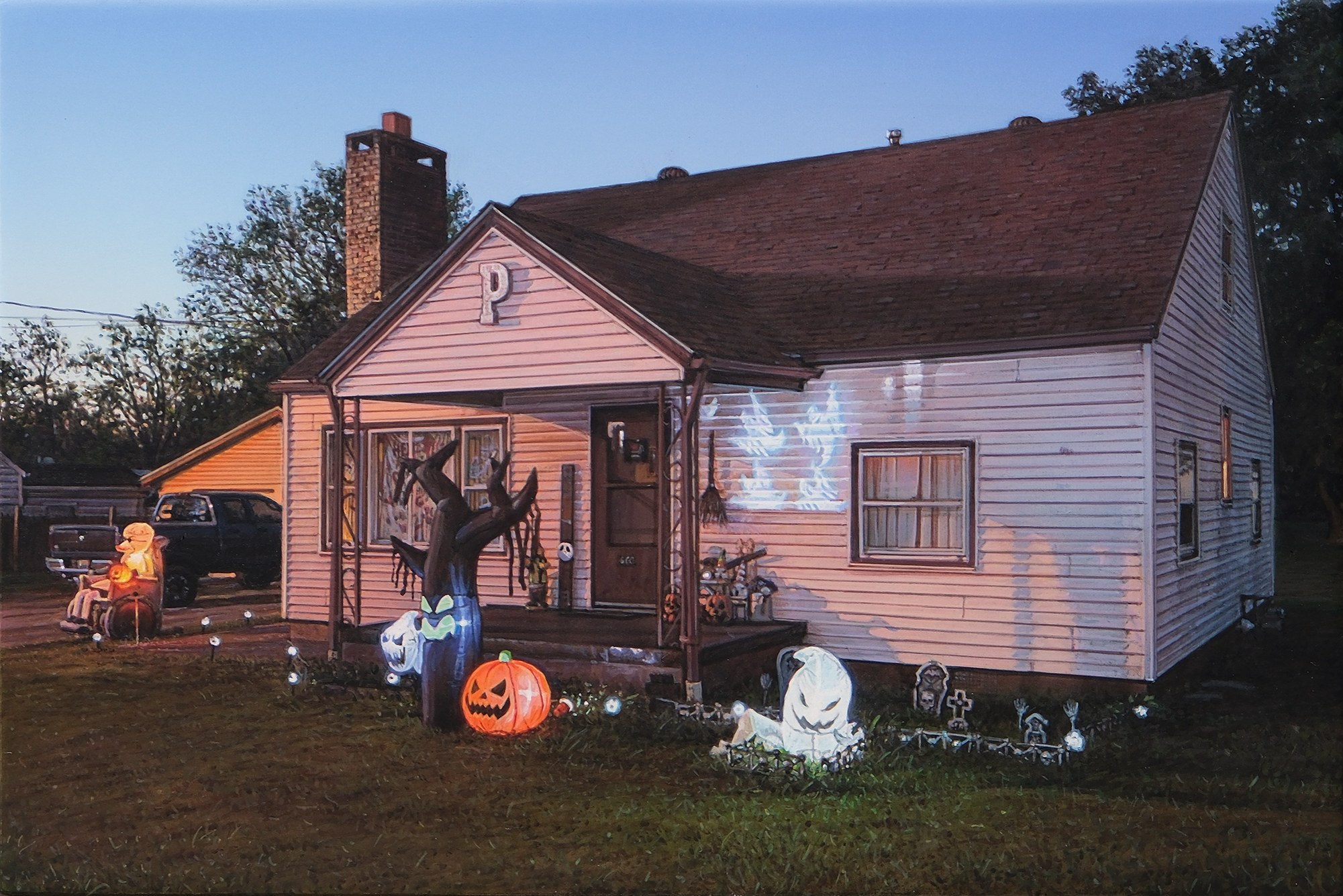
Rod Penner
Halloween House
2024
Acrylic on canvas
5″ x 7-1/2″ (12.7 x 19.1 cm)
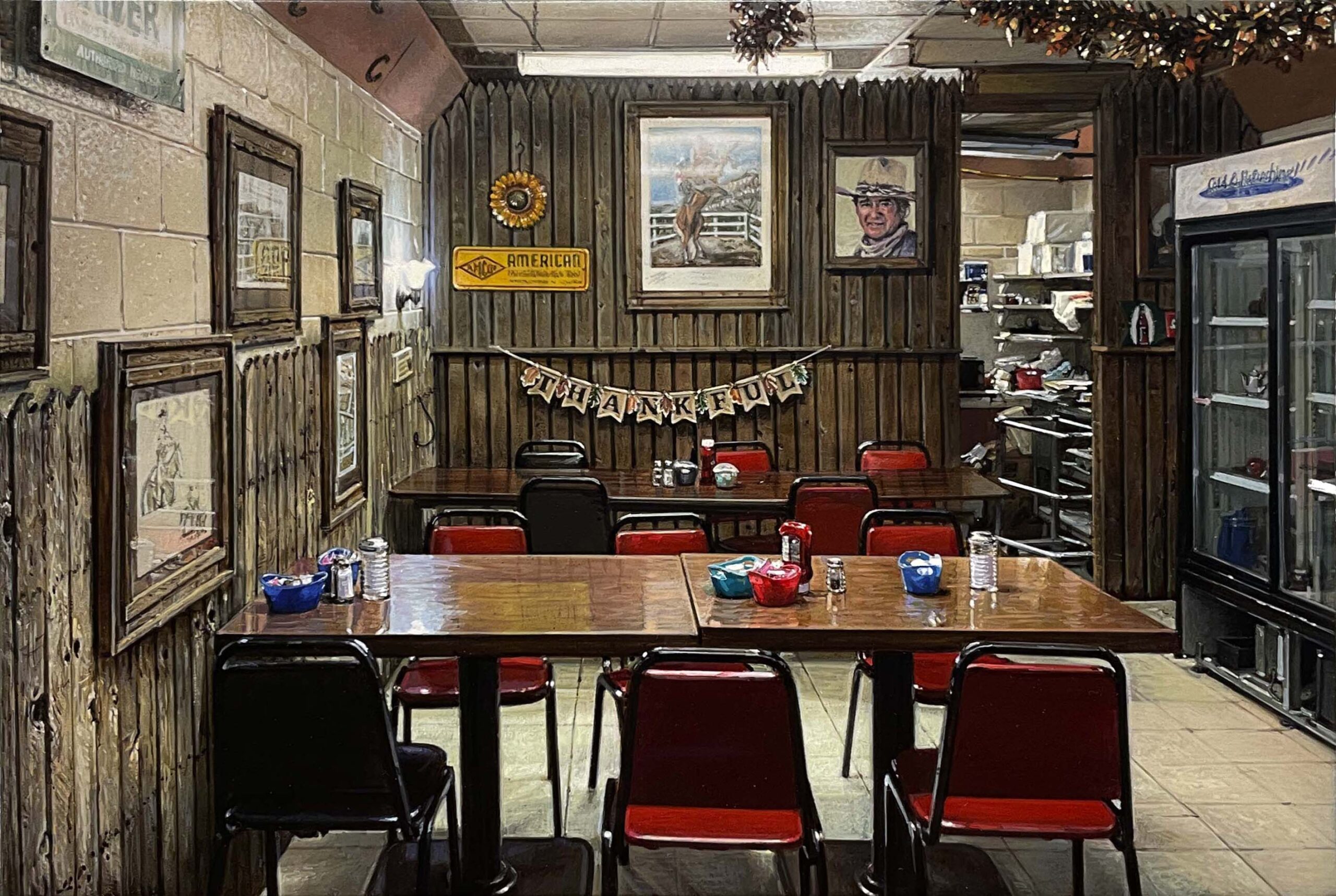
Rod Penner
Thankful
2024
Acrylic on canvas
5″ x 7-1/2″ (12.7 x 19.1 cm)
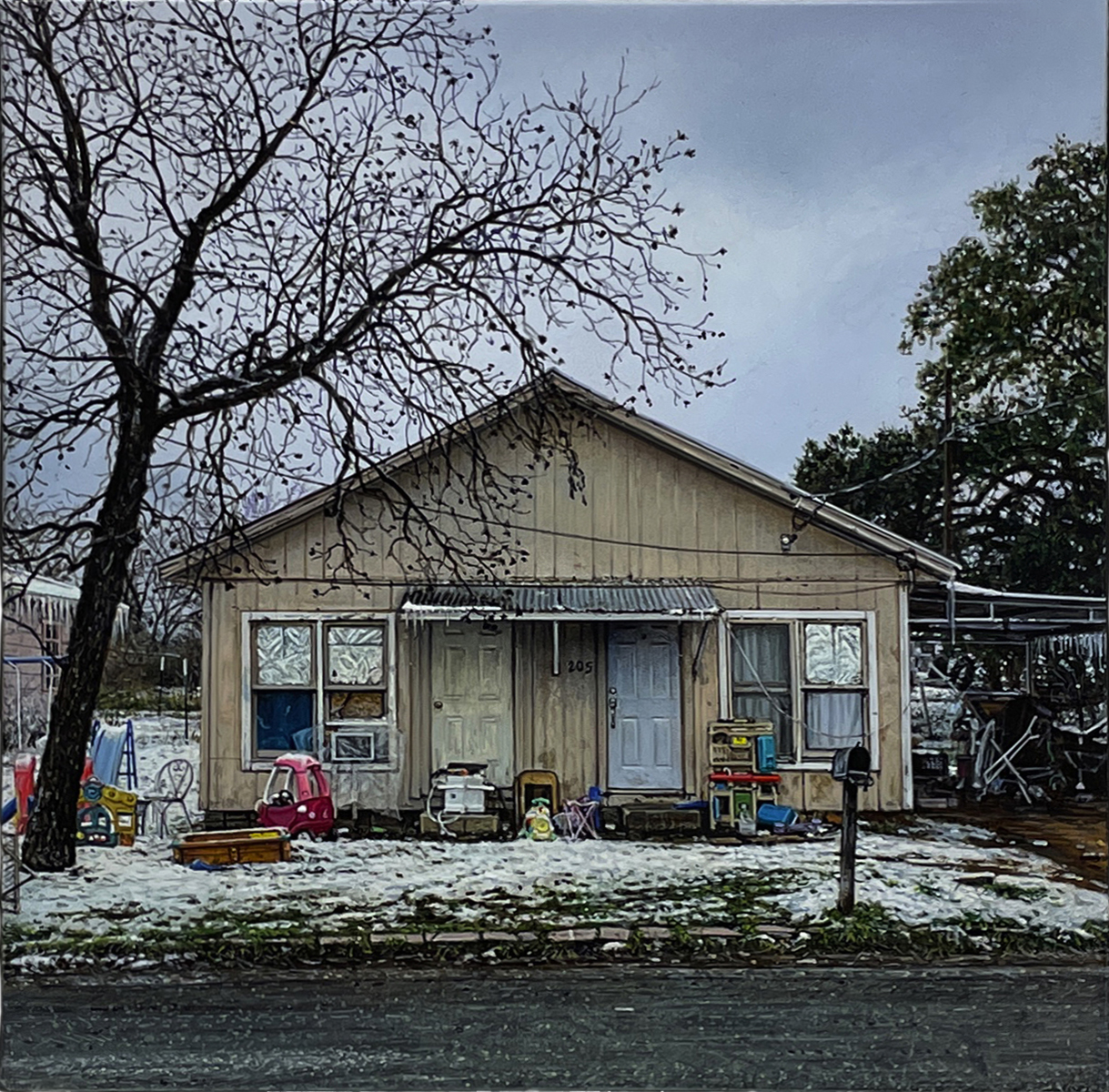
Rod Penner
Duplex with Toys
2024
Acrylic on canvas
6″ x 6″ (15.2 x 15.2 cm)
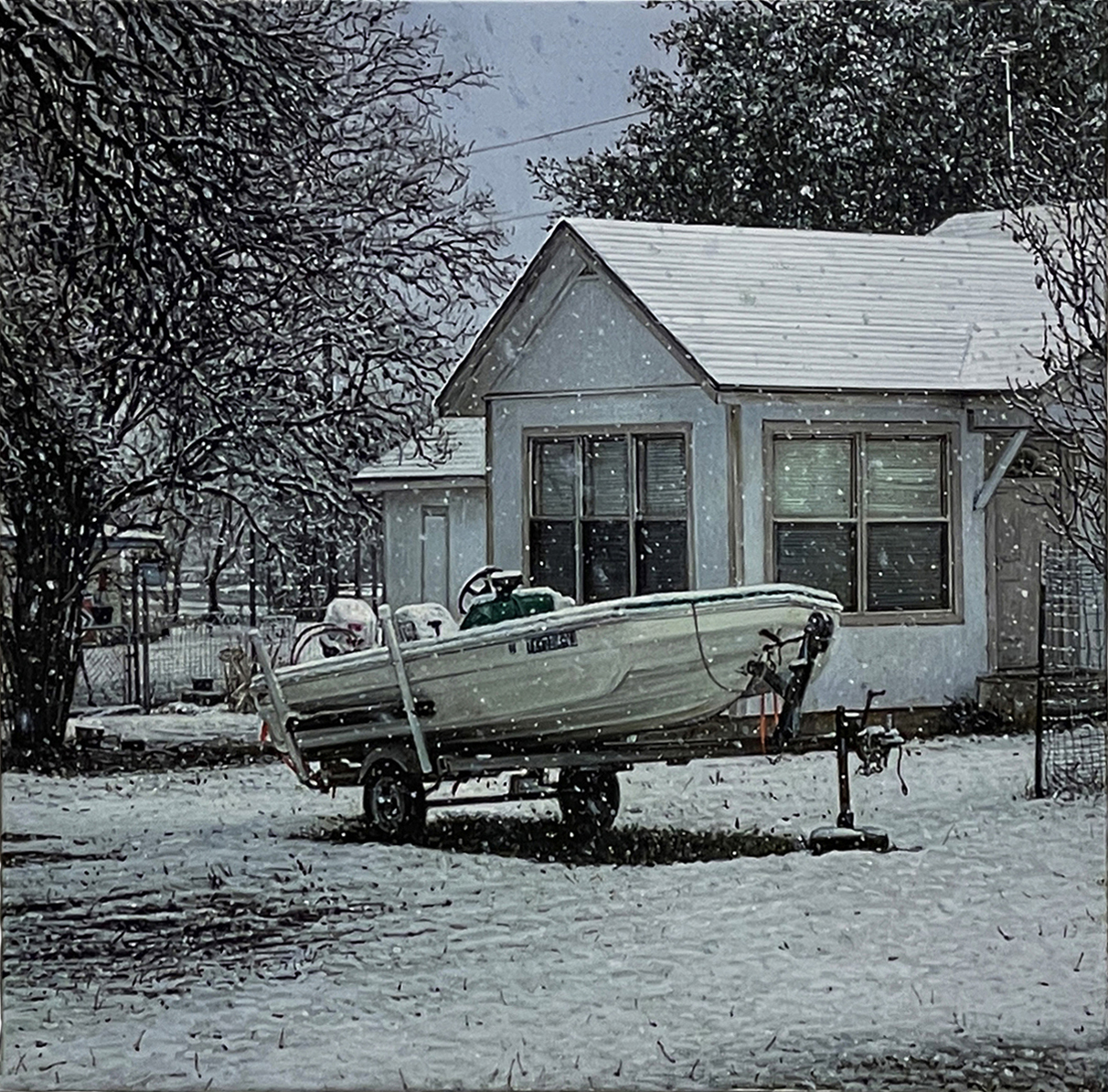
Rod Penner
Snow Boat
2022
Acrylic on canvas
6″ x 6-1/8″ (15.2 x 15.6 cm)
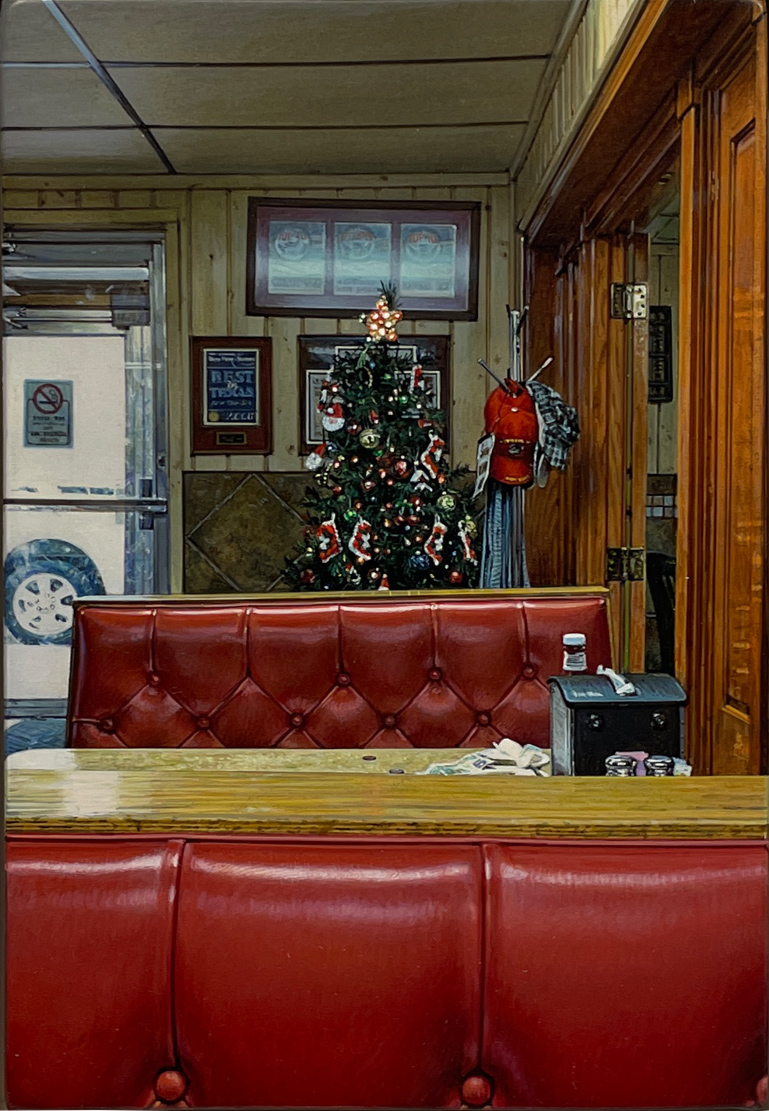
Rod Penner
Koffee Kup
2022
Acrylic on canvas
7-1/2″ x 5″ (19.1 x 12.7 cm)
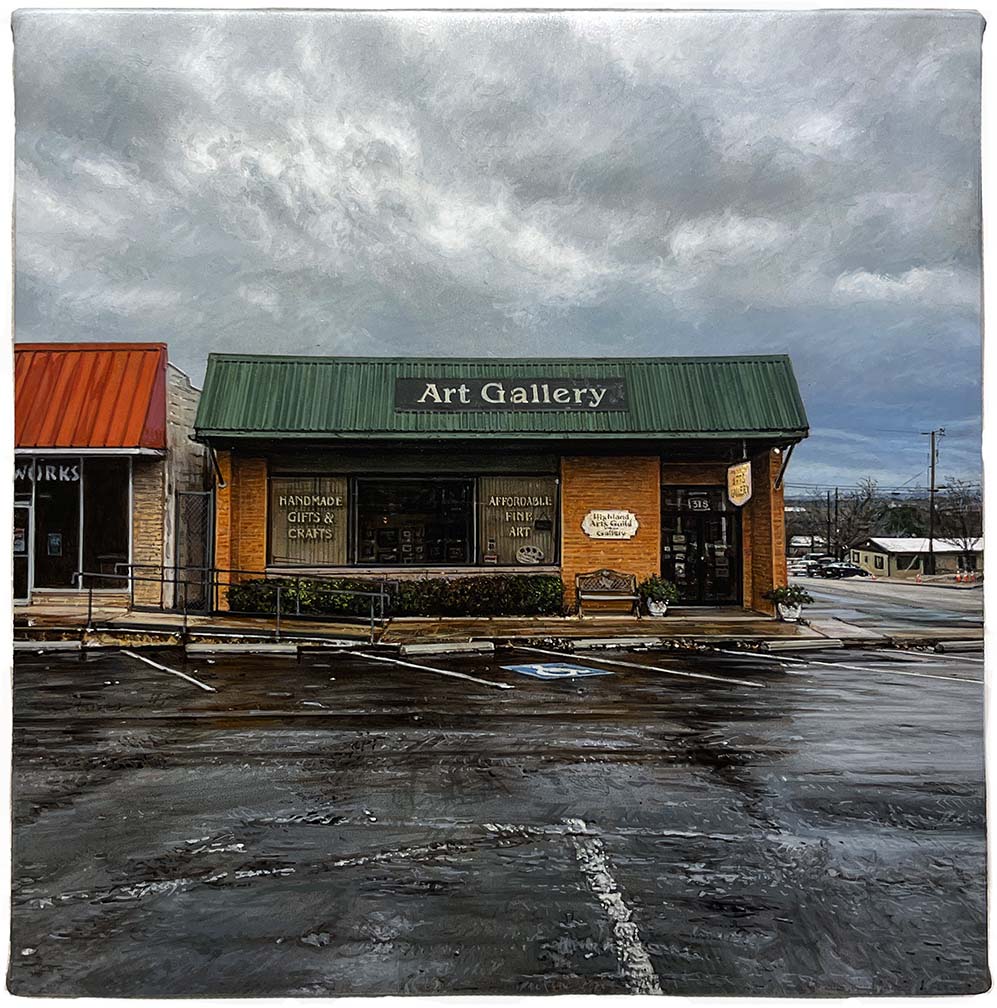
Rod Penner
Art Gallery
2024
Acrylic on canvas
6″ x 6″ (15.2 x 15.2 cm)
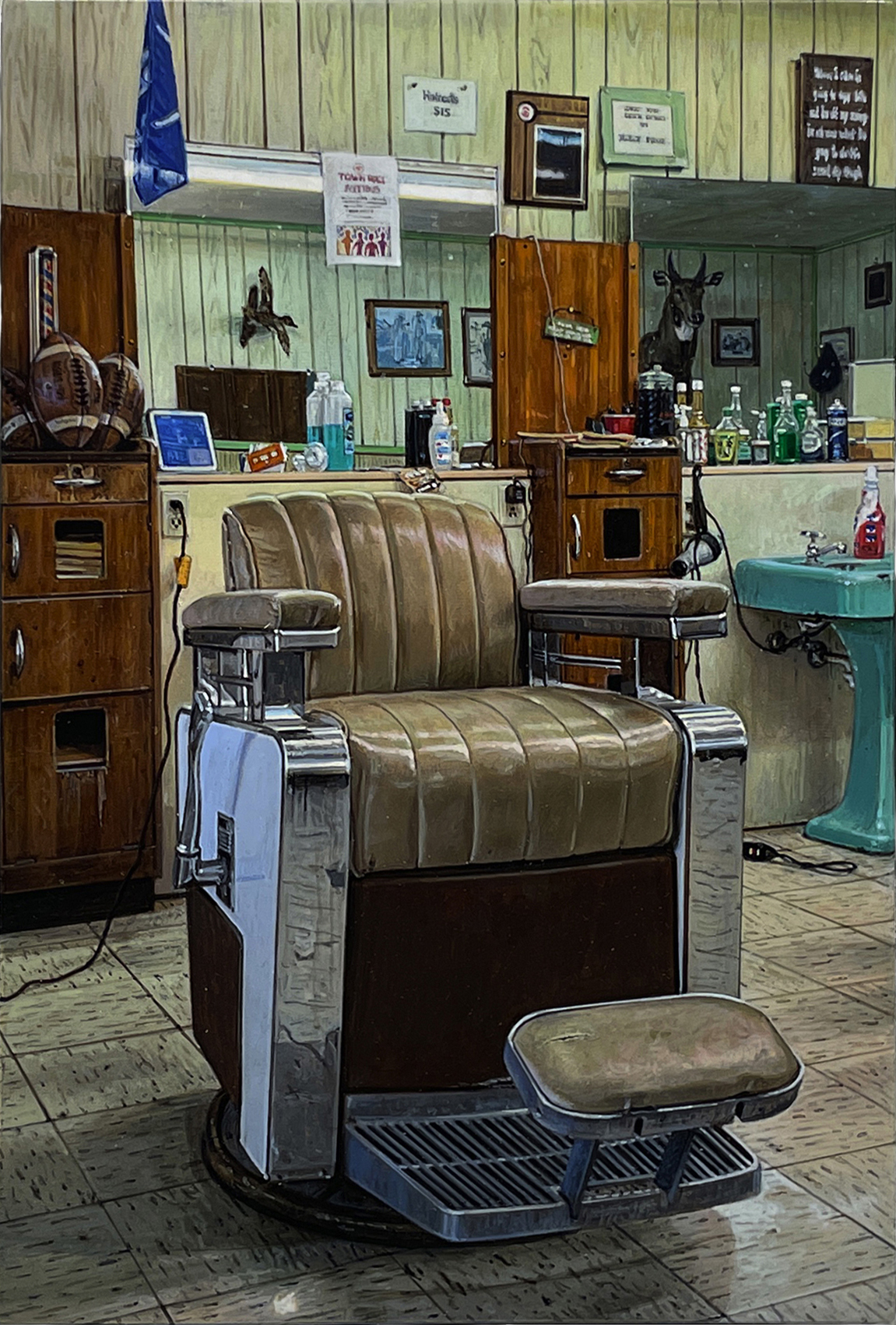
Rod Penner
Barbershop
2024
Acrylic on canvas
7-1/2″ x 5″ (19.1 x 12.7 cm)
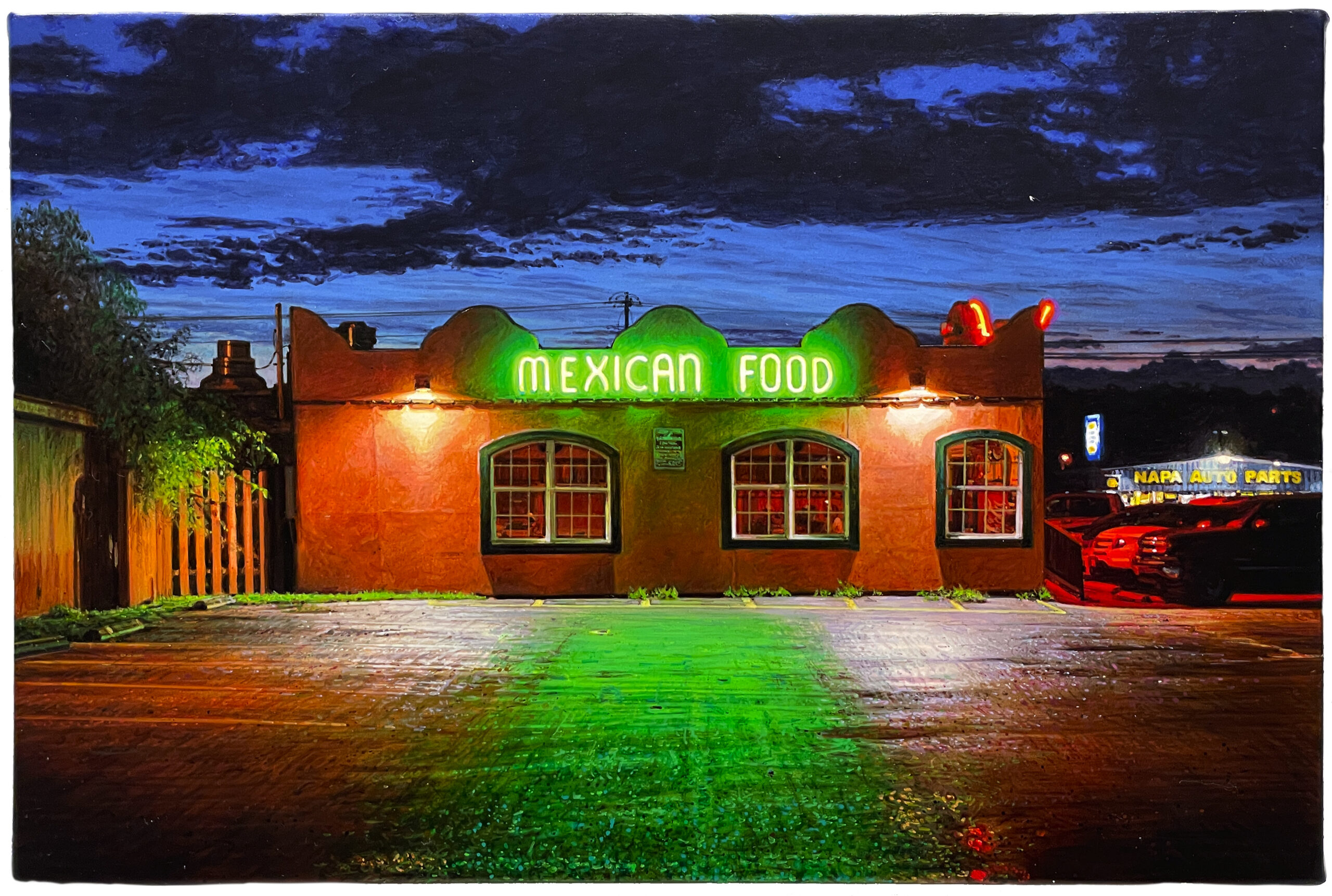
Rod Penner
Super Taco Mexican Food
2024
Acrylic on canvas
5″ x 7-1/2″ (12.7 x 19.1 cm)
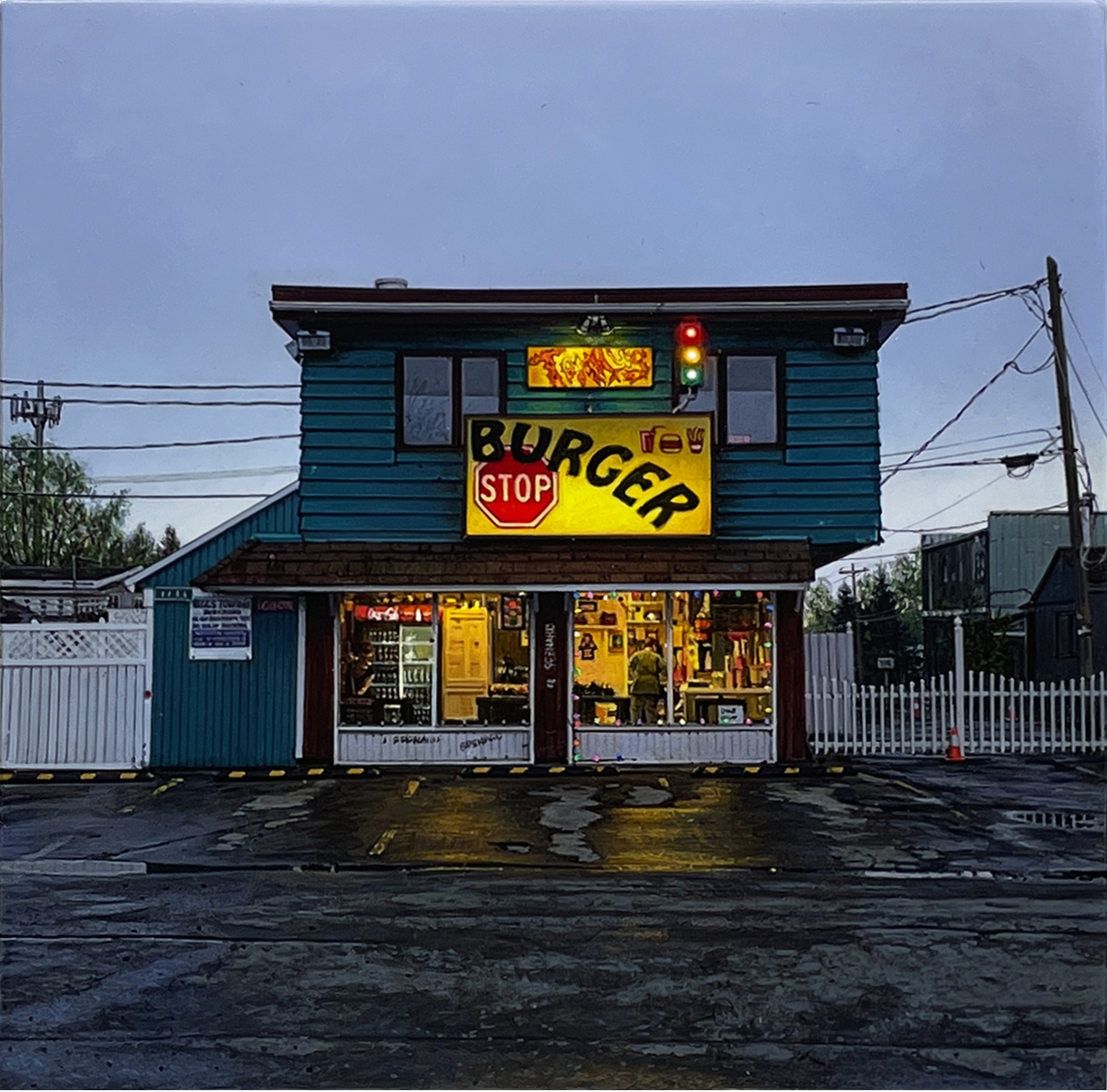
Rod Penner
Burger Stop
2024
Acrylic on canvas
6″ x 6″ (15.2 x 15.2 cm)

Rod Penner
House with Yellow Toy
2012
Acrylic on canvas
10″ x 15″ (25.4 x 38.1 cm)
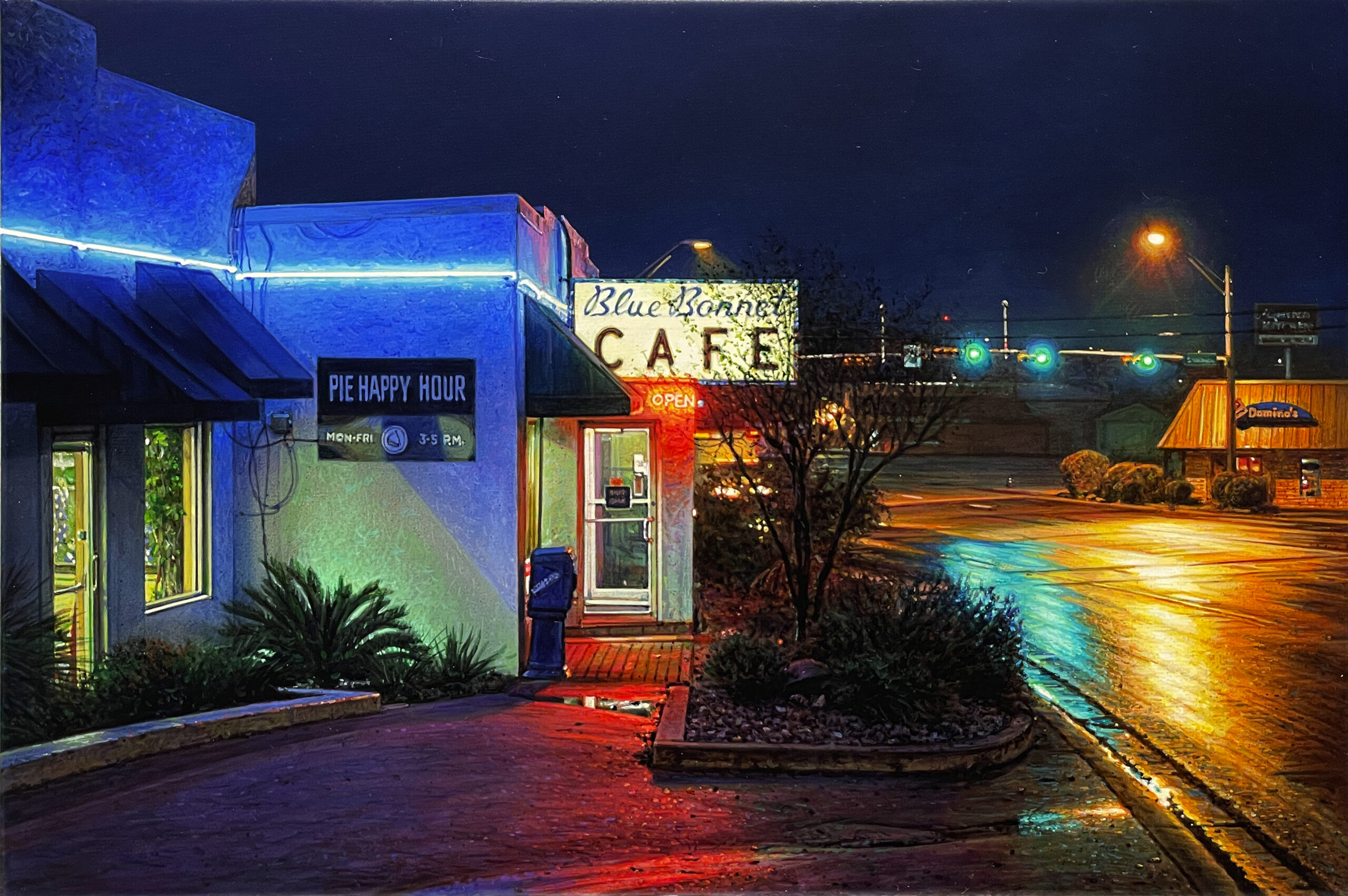
Rod Penner
Blue Bonnet Cafe / Night
2025
Acrylic on canvas
5″ x 7-1/2″ (12.7 x 19.1 cm)
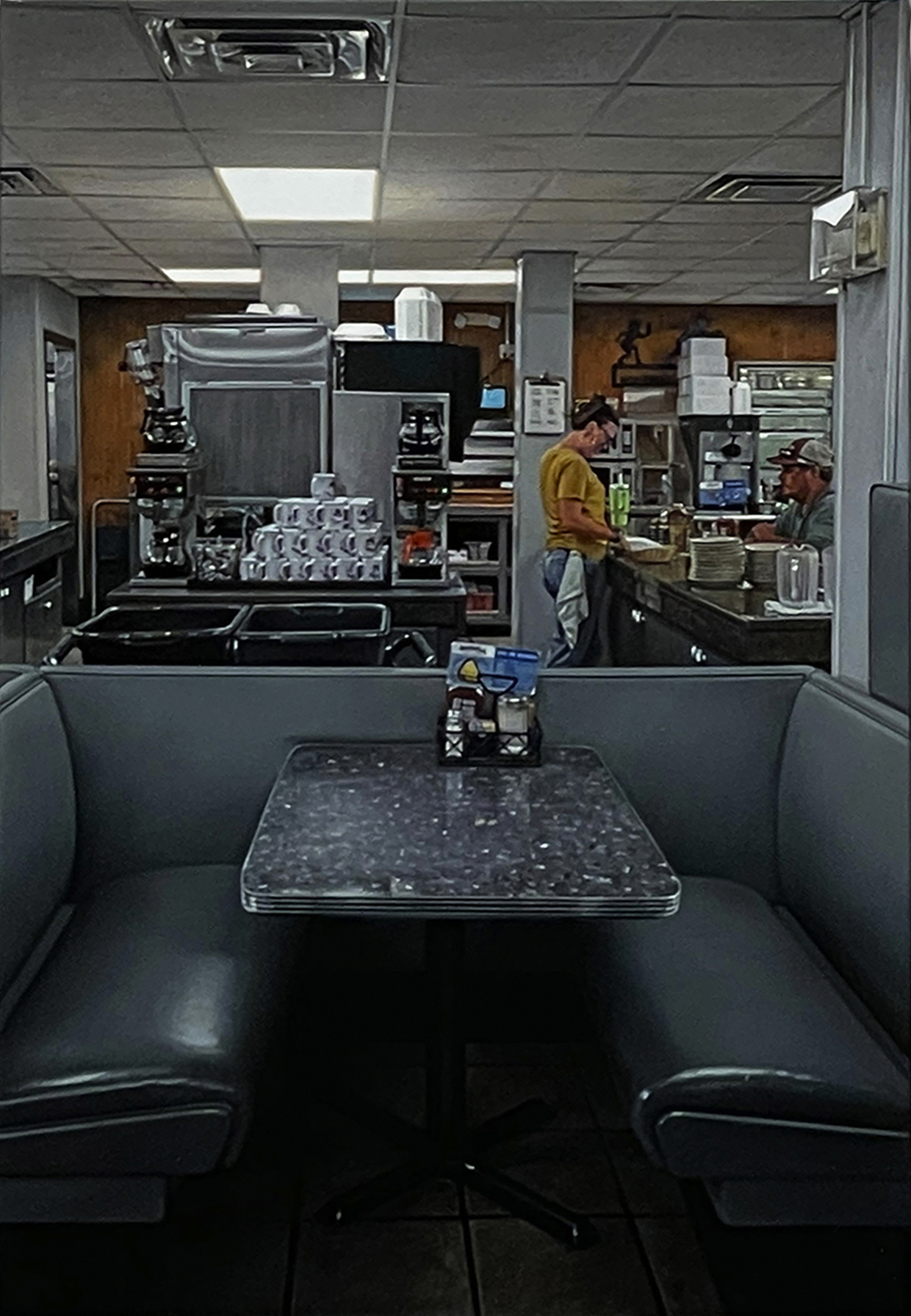
Rod Penner
Blue Bonnet Cafe / Coffee Cups
2025
Acrylic on canvas
7-1/2″ x 5″ (19.1 x 12.7 cm)
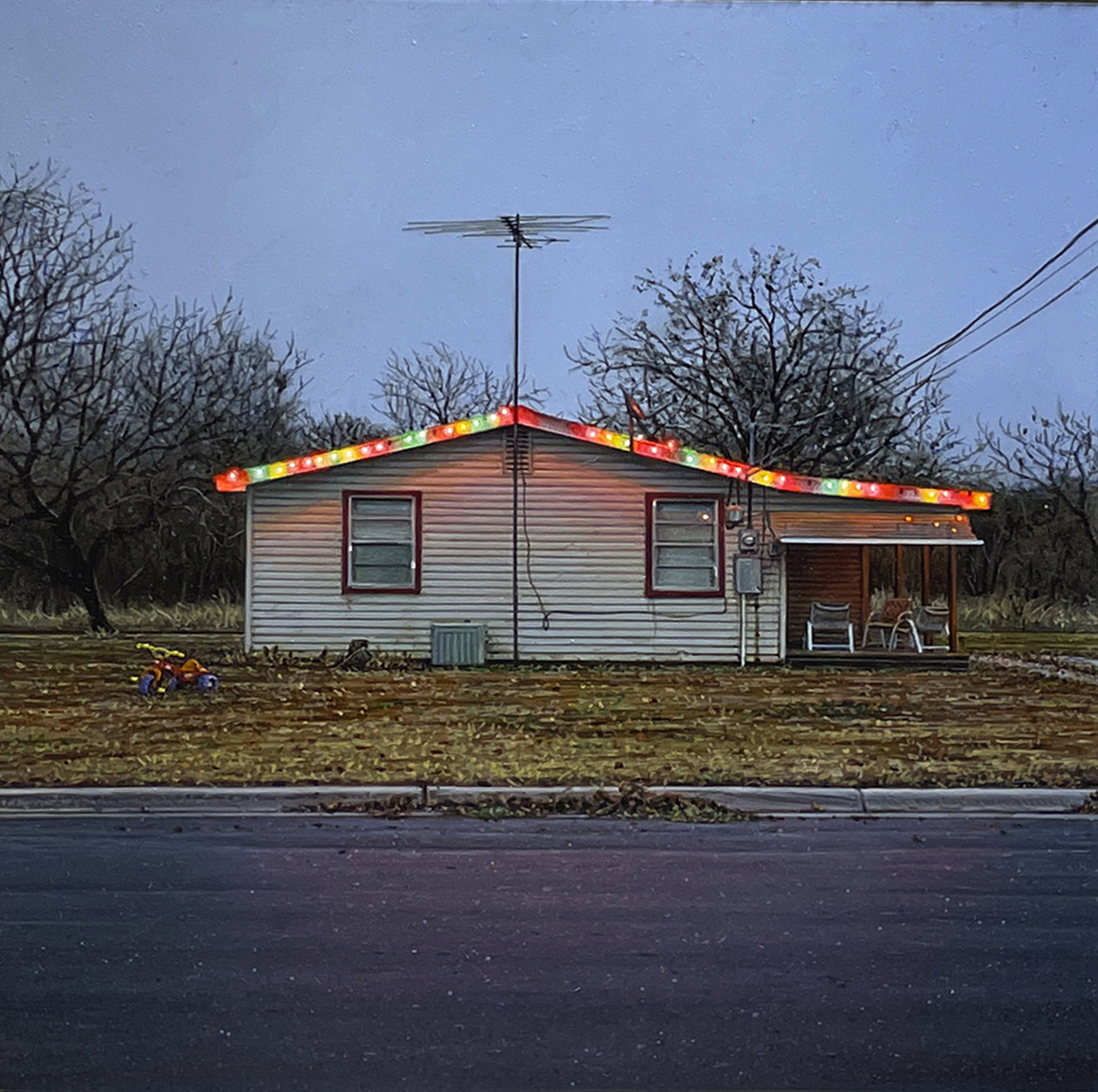
Rod Penner
House in Winter
2015
Acrylic on canvas
6″ x 6″ (15.2 x 15.2 cm)
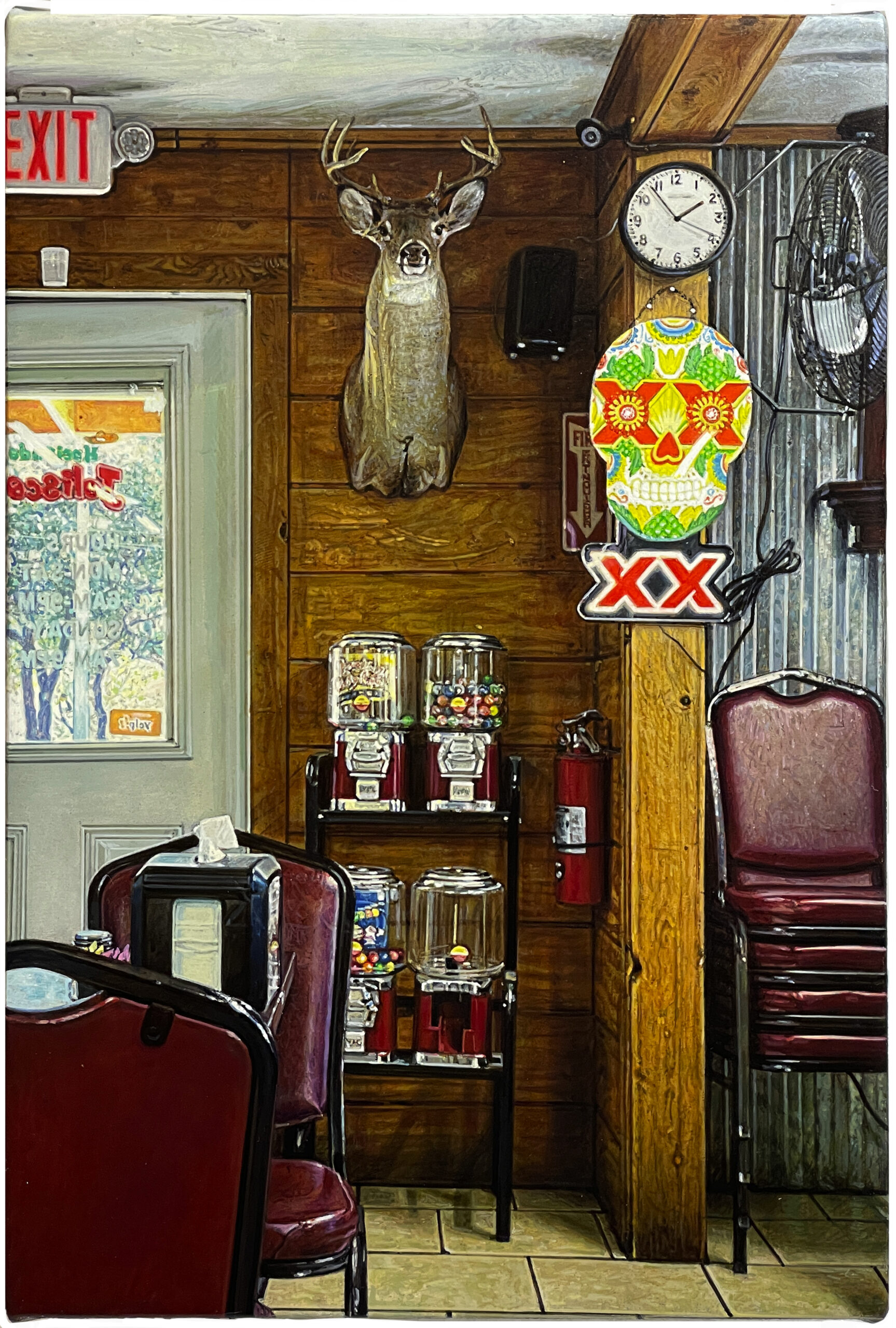
Rod Penner
TeXXas
2024
Acrylic on canvas
7-1/2″ x 5″ (19.1 x 12.7 cm)
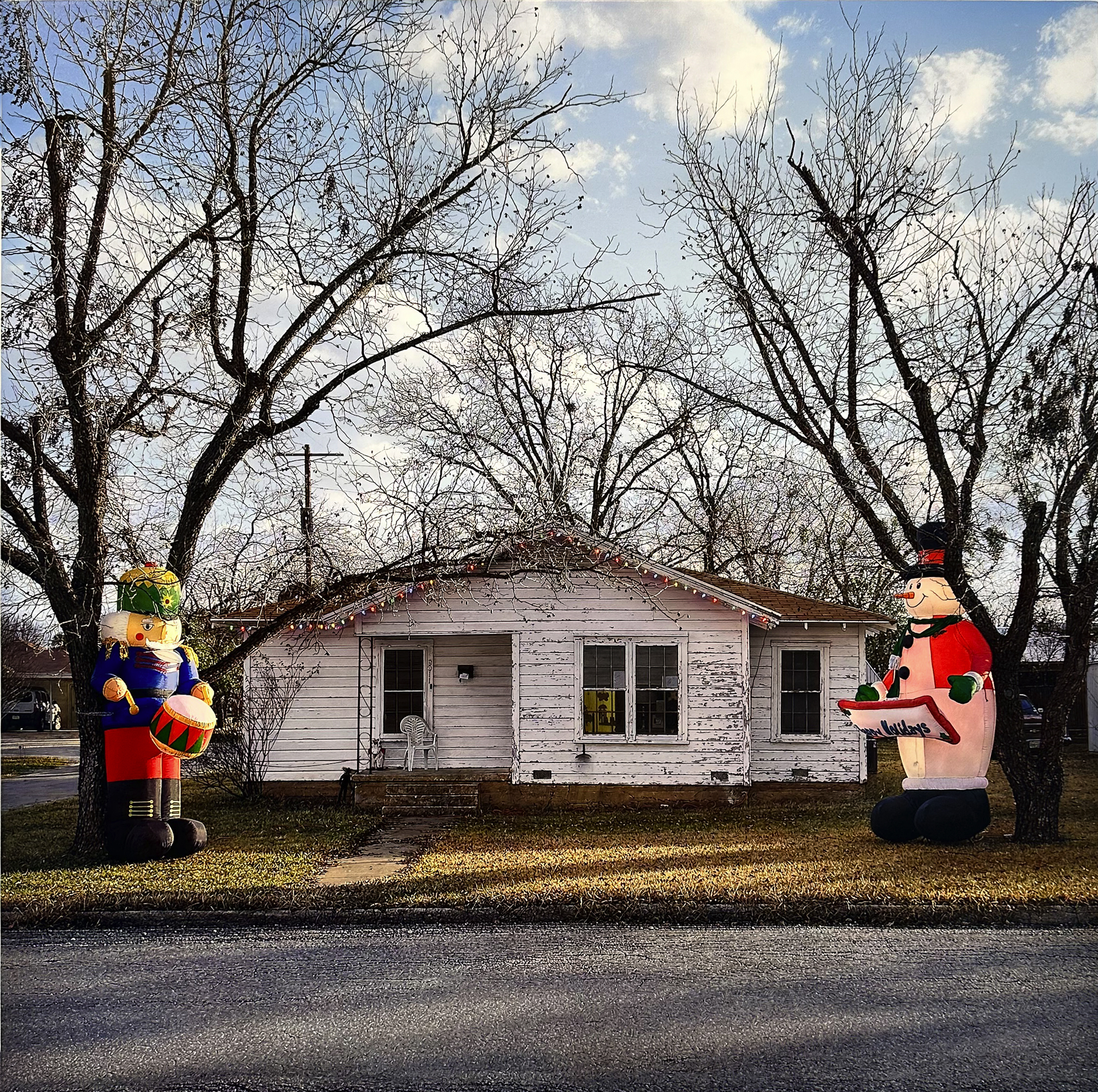
Rod Penner
Christmas Inflatables / San Saba, TX
2019
Acrylic on canvas
36″ x 36″ (91.4 x 91.4 cm)
NOTHING MORE, EVERYTHING LESS
COMMENTARY BY JOHN SEED
“Even in literature and art, no man who bothers about originality will ever be original: whereas if you simply try to tell the truth (without caring twopence how often it has been told before) you will, nine times out of ten, become original without ever having noticed it.” – C. S. Lewis
When Rod Penner began his career as a painter, there was a question he often pondered: “How can I make my art original?” It seemed like a relevant question at first, especially for a young artist preparing himself to enter the art world at a time when breaking rules was expected even though there were none left. As it turned out Penner didn’t need to find an answer, but simply to set the question aside. He just kept painting and the works he produced proved that the answer was already there, embedded in each finished painting. To be objective and to paint what he wanted to paint—small town Texas—was in itself original. And to do so with real skill and intensity resulted in paintings that were fresh beyond his, or anyone else’s expectations. What could be more original than that?
In his 1962 travelogue “Travels with Charley” writer John Steinbeck wrote: “For all its enormous range of space, climate, and physical appearance, and for all the internal squabbles, contentions and strivings, Texas has a tight cohesiveness perhaps stronger than any other section of America.” Penner’s vision of Texas and its distinctive culture is similar to Steinbeck’s. During the three and a half decades he has lived there Penner has taken over 10,000 photos that form a personal archive of references he can work from. Painting the essence of Texas—a vast state with a total area of 268,820 square miles—is an ambitious project that Penner has approached patiently and judiciously. Using small scale to invite focus, each subject he paints deserves intimate inspection. His small-format paintings, which are never larger than 7 1/2 inches in any direction, serve up potent slices of Texas that draw viewers in with a magnetic mix of veracity and poetry. On the occasions when he paints larger works—like his “Christmas Inflatables / San Saba, Texas” which measures 36 inches square—the sheer visual clarity he achieves still astonishes.
To see one of Penner’s paintings in a gallery is to feel like you are in the presence of something that has never been seen before. The feeling is paradoxical since the cafes, bait shops, truck stops and clapboard houses that are his subjects should be familiar to anyone who has ever driven a rural highway on the outskirts of a big American city. It’s a testament to Penner’s art that the intensity and seamlessness of his paintings is so complete that anything he paints feels like a revelation. He paints kiddie pools, gas pumps, gravel driveways and power poles with a power of inspection best described as reverence. Penner’s visual acuity, which is rooted in a deep sense of caring about the world around him, is an expression of honesty, directly linked with a respect for reality. But there is much more going on than visual truth-telling.
Interested in the way that visual candor can incorporate psychological implications, Penner embeds notes of joy and melancholy in each subject that generate emotional verisimilitude. The artist’s temperament and interests are very much there in his choices. Penner’s paintings tell human stories—of endurance, joy and experience—while rarely including human figures; their presence is implied. So is the character of the artist who painted them. His paintings of single buildings are stoic, presenting tough exteriors that tell us just a few things about the life than has happened inside. Each building is a narrative in itself, a theatre set for the imagination to take off and gather clues and moods from the carefully rendered objects, textures and weather that Penner presents without irony or inflection.
Although the individuality of Penner’s art stands out, comparisons to other artists can certainly be made. The influence of the Dutch master Johannes Vermeer is something Penner readily acknowledges. In his ability to paint architecture that captures the melancholy of the American experience there is a definite connection to Edward Hopper. Because Penner is often called a Photorealist—an imperfect label he is not entirely comfortable with—he has been compared to Richard Estes. Penner, who admires Estes, simply likes to think of himself as a Realist. Penner’s paintings of lone buildings have an affinity with the early work of Ed Ruscha, who moved to Los Angeles from Nebraska in 1956 and began taking photographs of parking lots, gas stations and apartment buildings from the back of his pickup truck. Ruscha likes signs and signage and so does Penner as long as they add quirkiness to an image. That said, there is a difference in tone between the two men’s work. Ruscha’s conceptually-based art tends to be tongue-in-cheek while Penner, who moved from Canada to Texas in 1988 and is married to a native Texan, has a deep bond with his adopted state that precludes sarcasm.
Penner’s show at Jonathan Novak Contemporary Art, his first Los Angeles exhibition, consists of 19 paintings. Seen as a group, they hint at the artist’s interest in opening up new images and possibilities. Eleven of them are set outdoors and seven depict interiors which are a recent development in Penner’s art.
Christmas Inflatables / San Saba, TX, a large outdoor scene commissioned by Jonathan Novak, exemplifies Penner’s pitch-perfect mix of joy and solemnity. It features two jolly Home Depot inflatables—a nutcracker and a snowman—who stand guard on the lawn of a modest white house with peeling paint. The staggering detail and array of textures in the painting, including asphalt, nearly naked pecan trees, cotton ball clouds and glowing strings of Christmas lights, dazzle the eyes and summon up a kind of awe. Its visual splendor and uncanny juxtapositions raise many questions, among them: “How is it that a three foot square painting of an ordinary dwelling can summon up so much feeling?”
One of the recent six inch square small-format paintings in the exhibition, Burger Stop, is unique in two respects: it depicts a building in Anchorage, Alaska and includes a human figure. In formal terms it is a master class in the use of warm and cool color. Outside the building wet asphalt and a pale sky conjure cold weather, while the interior glows with amber warmth. Artificial light from three other sources—the Burger Stop sign, a traffic signal, and an LCD screen, all mounted on the building’s facade—break throughthe chill to offer signs of life. Inside are two figures, one leaning on a counter and another seated in front of a glass refrigerator full of soft drinks, quiet presences in a golden world. If that all sounds too solemn, the big goofy letters spelling Burger, which curve down towards the “r” add a touch of wry humor. The complete effect is what Penner calls “Lowbrow Vermeer.”
“Super Taco,” which depicts the interior of a Mexican restaurant in Penner’s hometown of Marble Falls, is an especially lively canvas loaded with signs of life and culture. It might even be seen as a kind of after the fact self-portrait as the items on the table—tip money, crumpled napkins, and empty salsa bowl and two glass tumblers—were left behind by the artist and his youngest son after a meal. A reproduction of Leonardo da Vinci’s The Last Supper, is framed by two piñatas on the left and a hanging sombrero the right forming a triptych of cultural hybridity. The painting’s fast-food palette of orange walls and ketchup and mustard vinyl seats generate a kind of restaurant Rothko that includes a lineup of soft drink bottles in a Coke fridge that Andy Warhol would have smiled at. Could it be that all this time Rod Penner has been, in his own quiet way, something of a Pop artist? Super Taco Mexican Food, a recent exterior view of the same restaurant, offers what Penner calls “an experience suspended in time” in the form of a green neon sign casting reflected light on the wet pavement of an empty parking lot.
One of the consistent surprises in Penner’s oeuvre is the way he recognizes the “artist” in the people who paint signs, decorate their front lawns with plug-in Halloween figures or camouflage their Ford trucks. It’s another way in which Penner identifies with the culture and people he refers to. He is doing the same thing they are, just with a very small brush and more time on his hands. Coming from a Mennonite background, which stressed that happiness is more than material well-being and that life is to be lived simply, Penner has used painting as a way to express his respect for others. Seeing and clearly depicting the world he lives in, Penner has brought himself closer to everyone and everything he paints. In a time of social tension and political polarization, Penner’s art does not offer judgments. Instead, it offers the great pleasure of close inspection and lets his viewers see for themselves.
Video by John Seed featuring Rod Penner’s Nothing More, Everything Less.
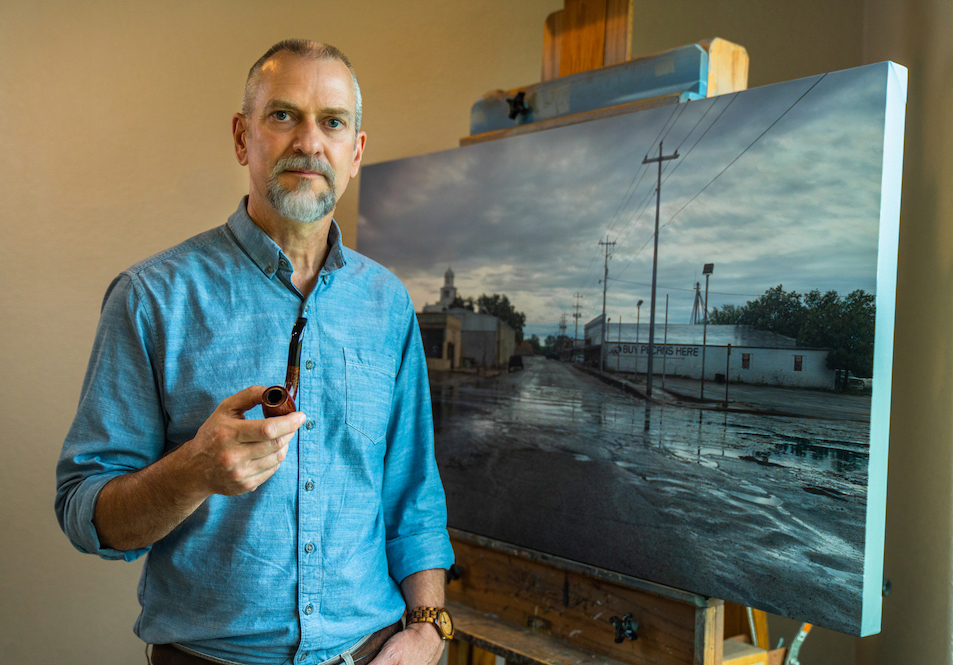
INSTALLATION VIEWS
Click on the image to enlarge photos of our gallery
